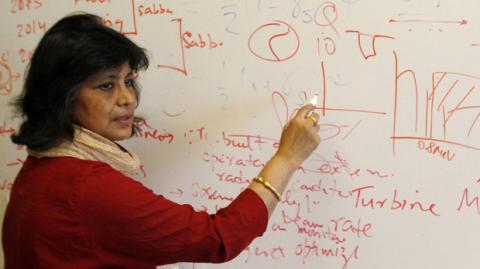
How do you know when research is good? Or even just "good enough"?
The Globe and Mail newspaper recently engaged this issue on 27 March 2012 entitled "Canada's Research Stars." In this article, Diana McLaren documents the efforts of an independent consulting group Higher Education Strategy Associates to develop a generalized metric for comparing and contrasting the research effectiveness of Canada's top talent using records of scientific publication.
Some may be familiar with the h-index, a quality metric proposed by Jorge Hirsch of the University of California in 2005. A researcher's h-index score is the maximum number of publications for which each publications is cited at least that many times. In research, citations of a scientific paper add to the overall perceived "impact" of a paper. That is, if all of my ideas are based on an article you published and I cite your article as the basis for much of my reasoning or innovation, then that means that your article is more important and more significant.
So how does the TRIUMF community rate in the h-index? Well, the Globe & Mail chose to feature Professor Sampa Bhadra (York University), one of the movers and shakers behind the Canadian effort in the Tokai-to-Kamiokande (T2K) program that studies the rare but finite oscillations of neutrinos. Congratulations to Professor Bhadra for her appearance in the national newspaper!
Elsewhere across TRIUMF, some informal h-index calculations (using ISI Web of Knowledge) reveal the following:
- Sampa Bhadra - 69
- Jess Brewer - 59
- Mike Vetterli - 56
- Alan Astbury - 50
- David Axen - 49
- Andy Miller - 43
- Rob Kiefl - 43
- Byron Jennings - 42
- Nigel Lockyer - 71
-- by T.I. Meyer, Head of TRIUMF's Strategic Planning and Communication Office (h-index 20).
